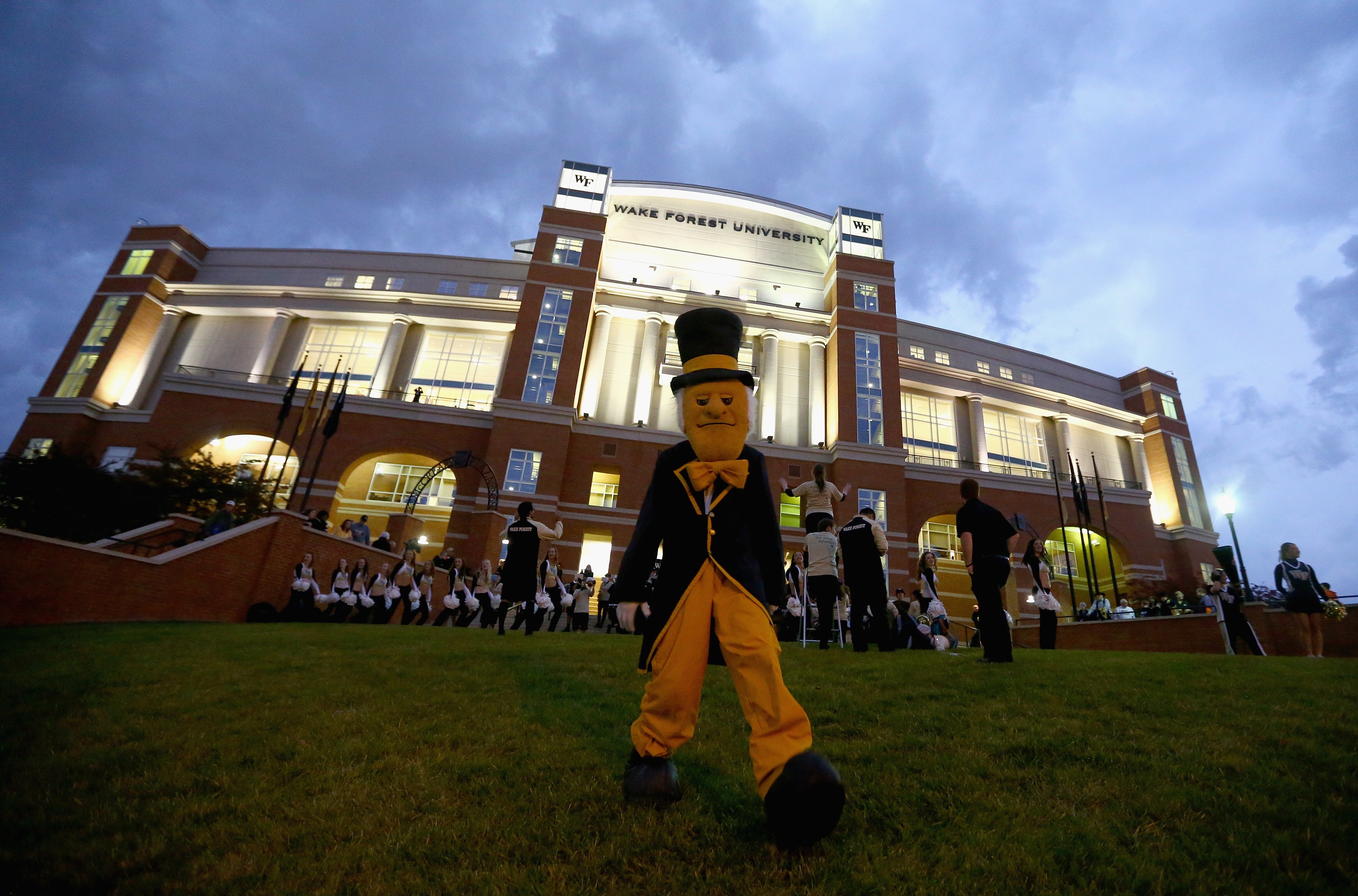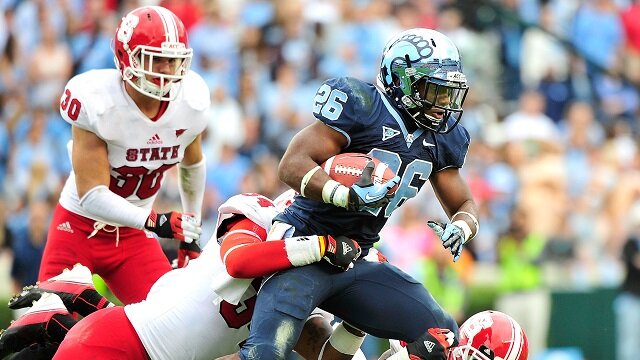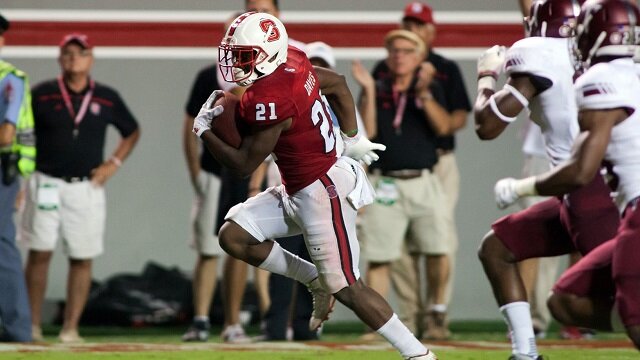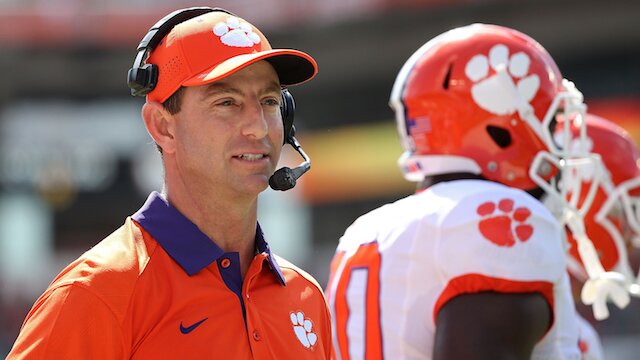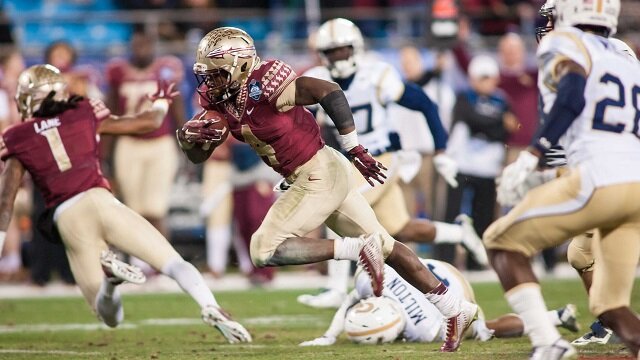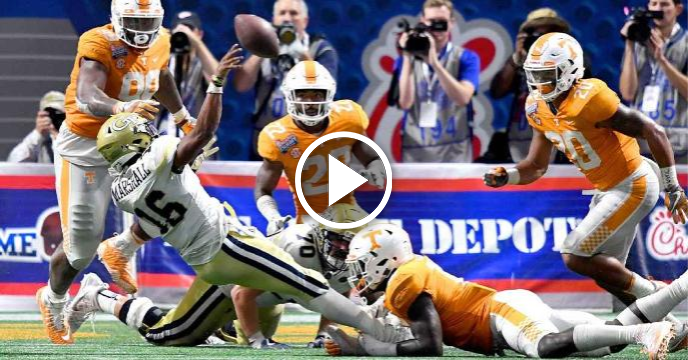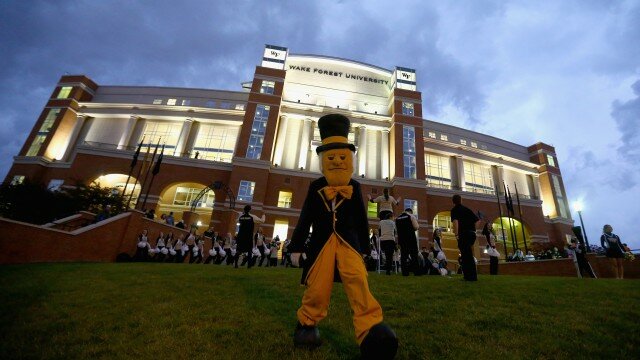
When Allen Iverson went on his infamous “practice tirade” during the 2002 NBA season, ACC football coaches and administrators must not have been watching. More than half of the conference’s universities have built, or are currently building, indoor football practice facilities. Syracuse is the only school that can actually defend their need for upgrades due to weather conditions.
The popular reason for rise in indoor practice facilities is based upon the notion that a school must have state of the art facilities that will directly enable them to win on the field. “What it does is it helps you keep up with the Joneses,” said Georgia Tech‘s head coach Paul Johnson, whose team recently moved into the $7 million Brock Center; the Jackets’ recent success makes it easier to understand their need. Fellow ACC powerhouses Florida State and Clemson both opened new facilities in the past five years at a cost of between $10-15 million. Both schools have won BCS Bowls and have been a staple at the top of the Atlantic Division standings.
New indoor facilities are not just limited to the upper echelon teams of the conference. Wake Forest is getting ready to open a new $21 million facility, Syracuse spent $17 million on a facility to open in January, and North Carolina State‘s $14 million Close-King Practice Facility will open next year. Wake Forest coach Dave Clawson explained, “The McCreary Indoor Center will be a game changer for our current student-athletes and future Deacons.” Luckily for these three schools, there is nowhere to go but up, as they combined for only five total ACC conference wins in 2014.
Is getting a new practice facility the only missing piece that holds college football teams back? The University of Virginia opened the George Welch Practice Facility in 2013 at a cost of $13 million; the project didn’t seem to enhance their performance on the field, compiling a 7-17 record, including a winless ACC season the past two years. In 2003, North Carolina State spent $31 million on the state of the art Murphy Center, the first of four additions to the aging Carter-Finley Stadium. The Pack must be waiting for the completion of the fourth project before fans can expect results, as they have only played in one respectable bowl, and are on their third coach since the Murphy Center opened its doors.
No public funds can be used for any of these facilities, which is reassuring to taxpayers. Football is a big business and it is understandable for all coaches who want better facilities. Frank Beamer summed it up when he said, “Everyone benefits by us having this thing.” This is an interesting statement, considering Virginia Tech plowed over acres of trees that had stood for hundreds of years in order to make room for the upcoming program changer.
 Share
Share 

